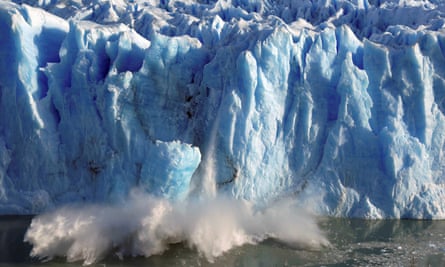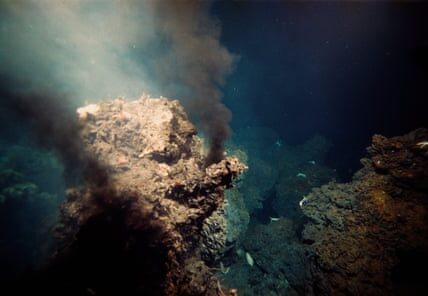What is the solution for preventing a glacier from melting? The solution is to install an underwater curtain.
S
Researchers are developing a unique strategy to halt the melting of Antarctic glaciers. Their idea involves constructing massive underwater barriers to shield the ice sheets from the harmful effects of warm ocean water.
The group of scientists from around the world has cautioned that as global warming continues to worsen, the ice in polar regions is melting at alarming rates. They stress the need for immediate measures to curb this rapid loss.
Their suggested plan involves creating a 100km-long barrier that would be anchored to the Amundsen Sea floor. With a height of approximately 200 metres, it would limit the entry of warm water that erodes the bases of Antarctic glaciers near the coast.
If the Seabed Curtain project is put into action, it would be one of the largest geo-engineering initiatives ever attempted. According to glaciologist John Moore of Lapland University, the project would be immense, but necessary due to the enormous issue we are facing. He shared this insight with the Observer last week.
“The potential meltdown of Antarctica’s glaciers could potentially lead to devastating floods worldwide, displacing hundreds of millions of people from their homes. Such an event would have dire consequences for our civilization, making it imperative that we take action.”

The curtain proposed by Moore – who is working with scientists at the University of Cambridge and other centres in the US – would stretch along the seabed opposite the Thwaites and Pine Island glaciers. These act as plugs that prevent the giant ice sheets behind them from sliding into the ocean.
Experts caution that the melting of the Thwaites and Pine Island glaciers could result in a three-meter increase in global sea levels. This is now seen as a genuine danger as the region is increasingly affected by rising sea temperatures due to global warming.
Shaun Fitzgerald, director of the Centre for Climate Repair at the University of Cambridge and a partner in the scheme, explained that glaciers are impacted by both warmer air, causing surface melting, and warm seawater, leading to erosion at their bases. As the planet continues to heat up due to climate change, the oceans also warm, intensifying the erosion of ice at the bottom of these glaciers.
Scientists suggest constructing a barrier to control the movement of warm water onto the Antarctic coast as a means of preventing the erosion of glaciers and decreasing the likelihood of their sudden disappearance. Their plan involves creating a sequence of underwater curtains and conducting further research to determine the most effective materials for their implementation.
Fitzgerald stated that we will not be using one piece of fabric for this task and we are not aiming for a flawless, air-tight layer.
A potential solution could involve utilizing air to shield glaciers from harm. This would involve placing a pipe with perforations along the ocean floor and pumping air through it. The resulting stream of air bubbles may serve as a barrier against the intrusion of heated seawater.
Fitzgerald stated that it is uncertain if the proposed solution will be effective as they are in the early stages of their project.
“We must conduct research on the impact of salinity on water flow and perform various computer simulations and tests using mathematical models. This will prepare us for conducting physical experiments.”
In the coming year, the River Cam will be the site of testing for various models underwater.
“Subsequently, we will commence working on a larger scope,” Moore mentioned. “For instance, we may choose to construct a prototype in a fjord in Norway.”
This task will not be finished quickly and will require several years to complete. However, it is important to begin planning now.
Source: theguardian.com


